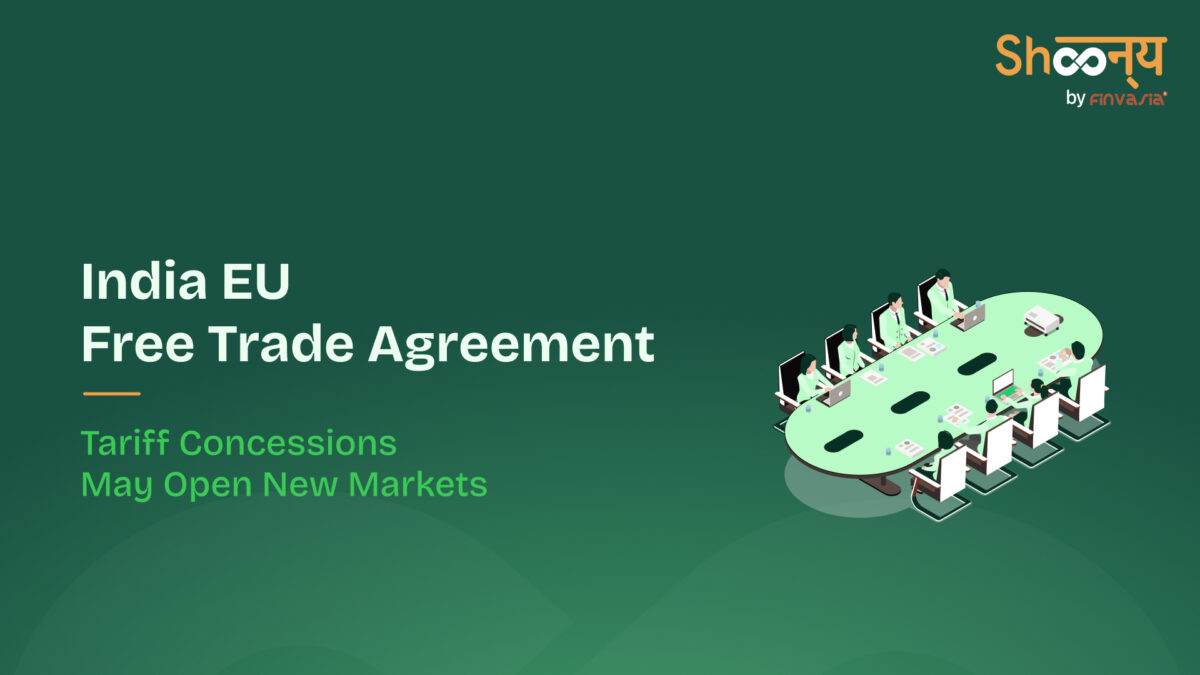India EU FTA 2025: How Tariff Reductions Could Help Exports

The long wait could be over for an India-EU FTA (Free Trade Agreement). The negotiators have bridged the gaps on sensitive issues, like electric vehicles (EVs) and agricultural products. The agreement may be signed before the end of the year, if all goes as planned.
For India, the agreement represents an opportunity to gain tariff concessions on labour-intensive sectors. These include textiles, gems and jewellery, agricultural products, and engineering products. The EU, however, desires access for its high-end products, such as whisky and high-end electric vehicles, along with more binding commitments on environmental and fair-trade measures.
The negotiations take place at a time of global trade tensions and tighter EU regulations on carbon and supply chains, and could impose additional costs on Indian exporters. Nevertheless, industry insiders view this FTA as opening up broader access to one of India’s leading trading partners, with trade already valued at €120 billion annually.
India EU FTA: Opportunities and Challenges
For India, the free trade agreement is more than just another trade pact. It could open up bigger opportunities for labour-intensive industries like textiles, gems and jewellery, agriculture, and engineering goods. This is particularly for industries that employ millions of workers. Reduction in tariffs in Europe would boost Indian product exports and create jobs within the country.
On the other hand, the EU seeks more simplified access for its higher-end products. This includes lower duties on European whisky and luxury electric cars, as well as improved access to government procurement contracts. Thus, these concessions would give European businesses a stronger foothold in the Indian market.
The EU’s new green regulations, like the Carbon Border Adjustment Mechanism (CBAM), might cost Indian exporters of steel, aluminium, and cement up to 20–35%. India is seeking waivers to avert its companies from losing competitiveness.
Final Thought: India and the European Union
The India-EU FTA carries with it the promise of reshaping how two major economies engage with each other in a world where protectionism and climate rules are becoming the new normal.
For India, it is not just cheaper access to the European market; it’s also about signalling confidence that its exporters can compete on quality, scale, and sustainability. For Europe, it’s a chance to partner with a market that represents not just demand, but also innovation and resilience.
Whatever the ultimate signing date, this year or the next, the true test will be in the business’s ability to adapt, invest, and cooperate on both sides. Properly executed, this FTA might come to represent less of a tariff deal and more of a common vision for growth, employment, and cleaner trade in the decades to come.
Source: MoneyControl
Disclaimer: Investments in the securities market are subject to market risks; read all the related documents carefully before investing.








